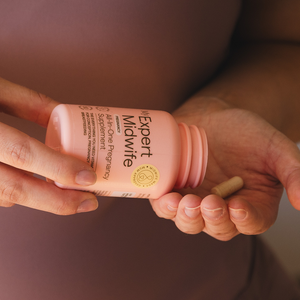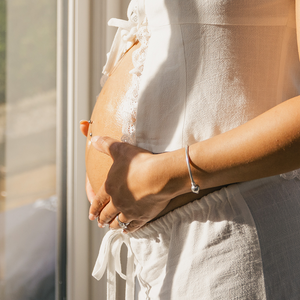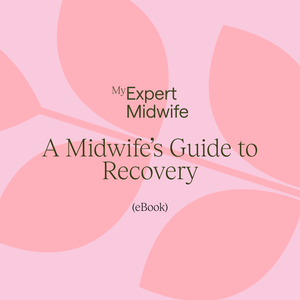What is a scan?
An ultrasound scans (USS) uses high frequency sound waves to produce images of your baby during pregnancy. The soundwaves are produced from a gel covered probe placed onto your abdomen and by moving it around the area where your baby is. The waves that bounce back create a picture of your unborn baby. The sonographer who performs the scan can see the image created of your baby via a screen, which you will also be able to look at too. You will be able to see your baby in detail and the sonographer will be able to point out internal structures such as their heart and kidneys. Before 24 weeks of pregnancy you will usually be asked to have a full bladder, as this helps to push your uterus into a better position to be able to view your baby.
When will I be offered an USS?
Most women will be offered two USS during their pregnancy. One around 8-14 weeks, which is when your pregnancy can be dated more accurately, and the other at around 20 weeks to check your baby’s anatomy for any problems. Other scans that you may be offered are usually because your baby would benefit from extra monitoring to check their condition or growth, this can be recommended for different reasons, such as a suspected cardiac problem or if you have gestational diabetes. You may also be offered follow up USS if your placenta has been seen in a previous scan to be low lying.
Do I have to have an USS?
The short answer is no. In fact you do not have to have any USS during your pregnancy if you don’t want to, as all antenatal maternity care is optional and you have to give your consent for any procedures.
Early pregnancy USS
These are not routinely offered to women unless there has been a problem in previous pregnancies, such as recurring miscarriages, an ectopic pregnancy (where the pregnancy has implanted outside of the womb) or if you are suffering from pain or bleeding. This is because your baby is still an embryo and is too small to see in any detail at this stage. An early scan will usually be able to detect a heartbeat and locate if your baby is within the uterus.
Dating USS
This usually takes place between 8-12 weeks of pregnancy. At this gestation it can be easier to know how far along your pregnancy is, due to the distinct stages of development your baby is going through during this time. It can also check that your baby is growing within your uterus and not in one of your fallopian tubes, or more rarely outside the reproductive organs, as well as checking to see if there is more than one baby. Your baby is too small and underdeveloped for any detailed checks of their anatomy to be done at this stage.
Anatomy USS
This usually takes place around 20 weeks of pregnancy. Your baby will of course be bigger and their internal structures easier to visualise at this stage. Your baby will be checked to exclude certain conditions. This list details some of the conditions your baby will be checked for:
- Spinal cord defects (such as spina bifida).
- Brain abnormalities.
- Serious heart conditions.
- Syndromes (such as Down’s, Edwards’ and Patau’s).
- Internal organ development (such as kidneys and gastrointestinal formation).
- Cleft lip (where the lip and potentially the palate hasn’t formed correctly).
- The location of the placenta will also be checked to make sure it isn’t lying too near to the cervix).

Anatomy USS pictures
Serial USS
You will be offered repeat USS if there are any concerns regarding your baby’s development or to pre-empt any development issues if you or your baby have health issues already. You may be offered extra USS if your baby is being monitored for a heart condition, kidney or bowel problem or if you have a low lying placenta which is close to or covers the cervix.
Growth USS
Growth scans are offered to check if your baby is growing enough or if it is growing too much. To be of good informational use they need to be performed at least two weeks apart and you need at least two to be able to make comparisons.
You may be offered a scan if your midwife thinks your baby may be smaller by measuring or feeling your bump, or if you are measuring larger.
Growth is measured by checking the circumference of the head and abdomen as well as the length of the thigh bone.
Summary
There are many types of scans you may be offered during your pregnancy. Read this blog to find out why and when and what to expect if you go for an ultrasound scan during your pregnancy.


















